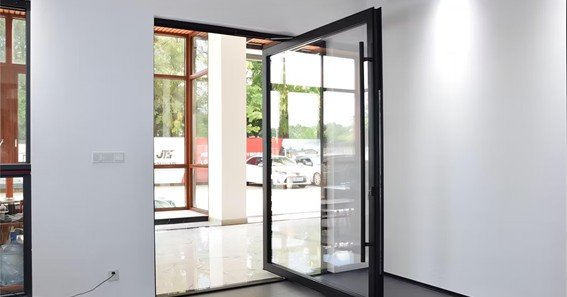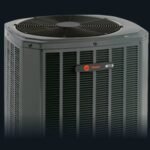In modern construction and renovation, energy efficiency is a paramount concern. One effective strategy to enhance a building’s thermal performance is the installation of thermal insulated internal doors with a U-value of 1.6 W/m²K. These doors not only contribute to reduced energy consumption but also ensure compliance with current building regulations.
Understanding U-Values
A U-value measures the rate of heat transfer through a building element, such as a door or window. Expressed in watts per square meter per Kelvin (W/m²K), it indicates how well the component insulates. Lower U-values signify better insulation properties, meaning less heat escapes through the material. For internal doors, a U-value of 1.6 W/m²K is considered efficient and aligns with building standards aimed at minimizing energy loss.
Benefits of Thermal Insulated Internal Doors with a U-Value of 1.6 W/m²K
- Energy Efficiency: Doors with a U-value of 1.6 W/m²K significantly reduce heat loss, leading to lower energy consumption for heating or cooling. This efficiency translates into cost savings on energy bills over time.
- Enhanced Comfort: Improved insulation maintains a consistent indoor temperature, eliminating cold drafts and creating a more comfortable living or working environment.
- Regulatory Compliance: Installing doors with appropriate U-values ensures adherence to building regulations, which often mandate specific thermal performance standards to promote energy conservation.
- Environmental Impact: By reducing energy usage, these doors contribute to lower greenhouse gas emissions, supporting environmental sustainability initiatives.
Selecting the Right Thermal Insulated Internal Door
When choosing a thermal insulated internal door, consider the following factors:
- Material Composition: Opt for doors constructed with high-quality insulating materials, such as those with insulated cores or thermal breaks, to achieve the desired U-value.
- Certification and Testing: Ensure the door has been tested and certified to meet the specified U-value, providing assurance of its thermal performance.
- Aesthetic and Functional Requirements: Select a door that complements the interior design while fulfilling functional needs, such as sound insulation or fire resistance.
FAQ
- What does a U-value of 1.6 W/m²K signify for internal doors?
- It indicates that the door has good insulating properties, allowing only 1.6 watts of heat to pass through each square meter for every degree of temperature difference between the inside and outside.
- Are thermal insulated internal doors cost-effective?
- Yes, while the initial investment may be higher, the resulting energy savings and improved comfort can offset the costs over time.
- Do these doors comply with building regulations?
- Doors with a U-value of 1.6 W/m²K meet or exceed many building regulations’ requirements for energy efficiency, particularly in new constructions.
- Can I install thermal insulated doors in existing buildings?
- Absolutely. Retrofitting existing buildings with these doors can enhance energy efficiency and comfort without extensive renovations.
- How do I maintain thermal insulated internal doors?
- Regular maintenance involves checking seals for wear, ensuring proper alignment, and cleaning surfaces with appropriate materials to preserve both appearance and functionality.
Investing in thermal insulated internal doors with a U-value of 1.6 W/m²K is a strategic decision that enhances energy efficiency, comfort, and compliance with building standards, contributing to long-term savings and environmental sustainability.










